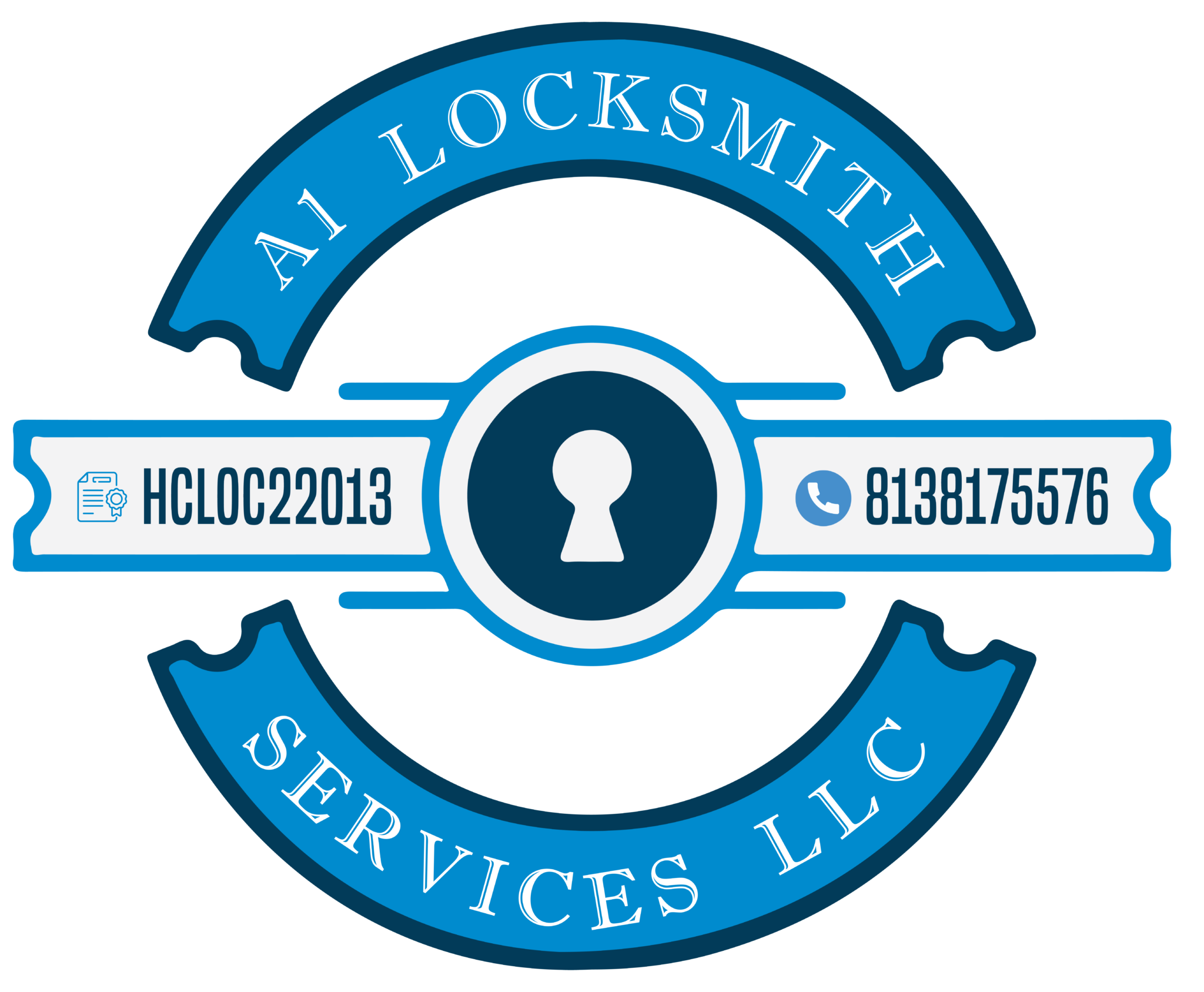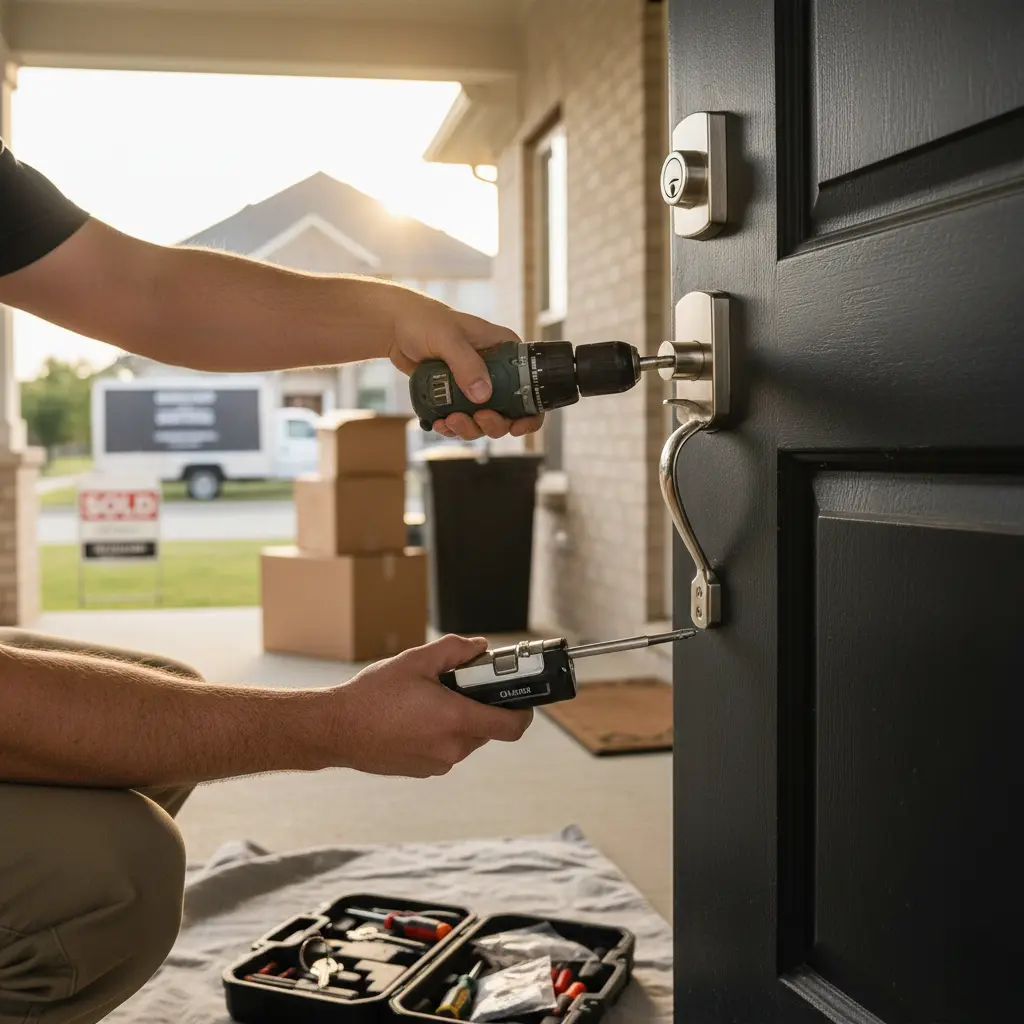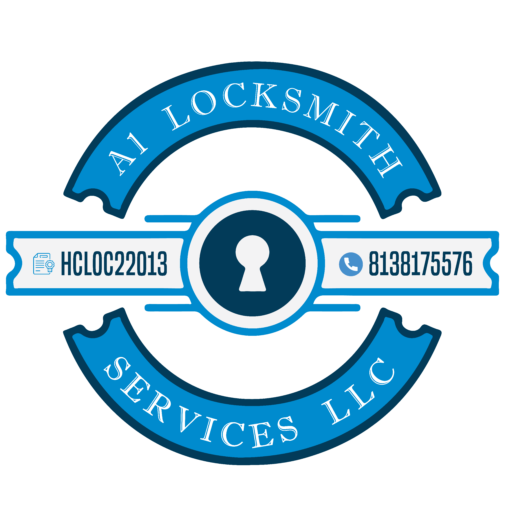Moving into a new home can be exciting, but it also brings up security concerns. You may wonder who else has copies of the keys and whether your home is truly secure.
It’s unsettling to think that an unknown person could walk right into your house. The feeling of uncertainty can linger, leaving you questioning whether your home is fully secure. Market analysts anticipate the global locks market to expand at a rate of nearly 7% annually between 2025 and 2034, driven by a growing focus on home security, urbanization, and home automation.
Changing the locks is a quick and affordable solution that gives you control over your home’s security. In just a few easy steps, you can protect your new space and enjoy peace of mind.
Should you change the locks on a new house?
Changing the locks on your new home is a simple but crucial step in securing your space. Even if you’ve received keys from the previous owner, there’s no way to know who else might have copies. Previous tenants, service workers, or even neighbors could still have access. Without changing the locks, you’re leaving your home vulnerable to potential security risks.
Swapping out the locks is a quick, affordable way to take control of your home’s safety. It’s a small effort that can make a big difference, ensuring that you and your family are the only ones with keys to your new house.
What you’ll need to change your locks
Changing your locks is a straightforward task, but having the right tools on hand makes it much easier. Here’s what you’ll need:
- New locks: a lock that fits your door and security needs. Demand for new locks is growing, with the market expected to expand at a rate of over 7.2% annually between 2025 and 2030.
- Measuring tape: Ensure the new lock fits correctly by measuring the door and existing hardware.
- Screwdriver: A basic screwdriver is needed to remove the old lock and install the new one.
These are the basic tools you’ll need to get the job done. With these in hand, you’ll be ready to tackle the lock change on your own.
How to change your locks in 4 steps
Changing the locks on your new home might seem like a daunting task, but it’s actually simpler than you think. Here’s how you can change your locks without the hassle.
Remove the old deadbolt and hardware
First, it is out with the old. Removing the old locks will require a screwdriver. Make sure you are ready to install the new lock before removing the existing one. Here’s how to change locks on your new home by removing the old deadbolt and hardware:
- Locate the screws on the sides of the lock (usually the inside plate) and remove them.
- Remove the outside plate.
- Please open the door and remove the plate on the side by unscrewing it.
- Remove the inner parts of the lock that you can see.
- Check for wiring if the old lock was electronic.
- Inspect for rust or worn screws on exterior doors.
Once the old lock is off, you can move on to installing the new one with ease.
Install a new deadbolt lock
Now that the new lock is installed, installing the new lock should be easy. Follow these simple steps to install a new deadbolt lock in your home:
- Read the installation instructions for your new deadbolt. Make sure you understand all steps before starting.
- Insert the new deadbolt into the same space as the old one, ensuring it is positioned correctly and right side up.
- Use the provided hardware to secure the deadbolt in place. Tighten everything carefully to make sure it is firmly attached.
- Modern deadbolts often include an auto-lock feature. Set this up during installation, if available, for added peace of mind.
This process will give you the security you need without much hassle!
Fit the new lock in place
It’s time to install the most critical part, the lock itself. Follow these simple steps to fit the new lock on your door and make sure it’s secure.
- Fit the key and locking part of your new deadbolt into the correct space.
- Place the bolt part into the correct spot.
- Secure both parts according to the instructions provided.
- Use adjustable backsets on modern locks to achieve a snug fit on older or non-standard doors.
- Confirm that all components of the lock set are compatible with your door’s thickness and material.
These steps will ensure that your new lock is properly in place and ready to keep your home safe.
Test lock functionality
First, use both the key and the turning mechanism to check that the deadbolt locks and unlocks without any issues. Make sure you test the deadbolt with the door open. This confirms the lock works properly from both sides.
According to a recent study, 74% of respondents rated the mechanical key override function as very important for lock functionality. This highlights the importance of testing all lock features, including mechanical overrides, for both security and usability.
You should also check modern features. If your lock has a mobile app, test remote locking and unlocking. Set up user-specific codes or digital keys to confirm digital access works as expected.
Finally, close the door and verify that the lock closes securely. Test the deadbolt to ensure it keeps the door firmly shut and prevents it from opening while locked. This step confirms your new lock provides the level of security you need.
Factors that Impact the Cost of Changing the Locks
Several factors can affect the cost of changing your locks. Here’s a breakdown of what to consider:
- Purchase of New Locks: The cost of the new locks depends on the type and quality you choose. High-security or smart locks will typically cost more than basic models.
- Complexity of the Lock: Some locks, like electronic or smart locks, require more time and skill to install. These locks may increase the overall cost.
- Modifications to the Door: If your door needs adjustments to fit the new locks, additional labor costs may apply.
- Locks Under Warranty: If your locks are still under warranty, you can get them replaced or serviced for little to no cost.
- Number of Locks Involved: The more locks you need to change, the higher the cost. Each additional lock adds to the labor and materials required.
- Number of Copies of Keys Required: If you need extra keys, there will be an additional charge for each copy.
Understanding these factors will help you budget for your lock change and avoid any unexpected costs.
When to call a professional
While changing your locks is a manageable task, there are certain situations where calling a professional locksmith makes sense.
- Older homes: If your home has vintage or non-standard locks, it may not be easy to find the correct replacements. A locksmith can rekey your locks or find a suitable solution.
- Master key systems: Want one key for all your doors? A professional can help install a master key system, which requires special expertise.
- Lack of confidence: If you’re unsure about the process or don’t feel comfortable handling it yourself, a locksmith will ensure the job is done safely and securely.
In these cases, it’s best to let a professional handle the work.
Replacing Locks on Fly Screen Doors
Changing locks on your fly screen door is essential for ensuring the security of your new home. These locks might seem small, but they play a crucial role in keeping unwanted visitors out. With the right tools and a little know-how, it’s a straightforward task that you can do yourself.
For a more detailed guide on this specific type of lock replacement, you can learn how to replace a fly screen door lock efficiently and without hassle by checking out our dedicated blog. It covers everything from tools to techniques for securing your fly screen doors quickly and efficiently.
Need Help Changing Locks? Call A1 Locksmith Services LLC for Fast, Reliable Service
Changing locks on your new home can be a rewarding and straightforward task, but sometimes it’s best to leave it to the professionals. If you’re feeling uncertain or have vintage locks that need special attention, A1 Locksmith Services LLC is here to help. With years of expertise in lock replacements and security solutions, we guarantee top-notch service to secure your home quickly and safely.
Don’t risk your safety, contact us today at +1(813)817-5576 and let us handle the hard work!
Frequently Asked Questions
How much does it cost to get your locks changed?
The cost can vary based on the type of lock and the complexity of the job. On average, the price ranges from $50 to $200, but may be higher for high-security or smart locks.
Is it cheaper to rekey or replace locks?
Rekeying is generally cheaper than replacing locks, as it involves altering the existing lock to work with a new key, rather than installing a whole new lock.
Changing and Rekeying Locks: Should I DIY?
If you have basic tools and confidence, DIY can be a viable option for simple lock changes. However, for higher-security or complex locks, it’s best to call a professional to ensure the job is done correctly.


